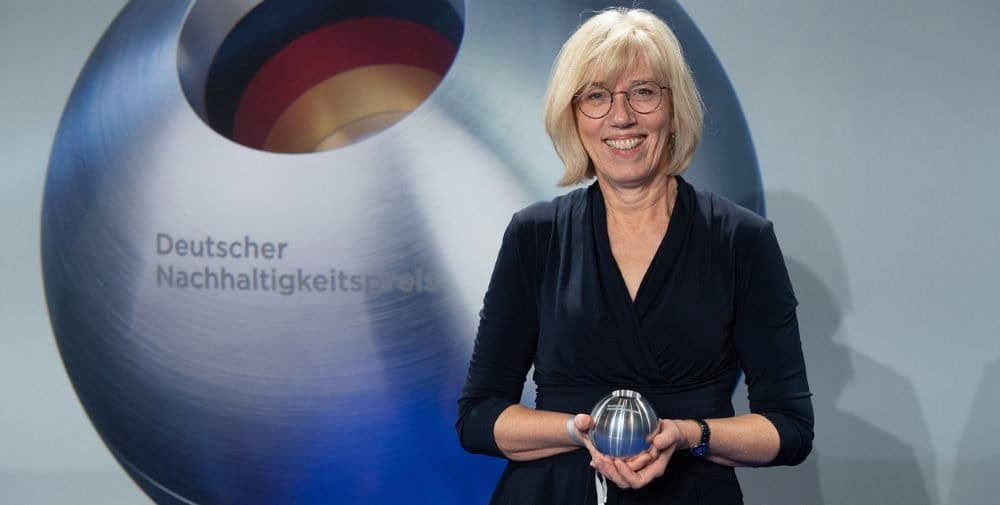
Society’s shift toward greater climate protection has long since reached companies as well. In the meantime, the realization has become widespread that, particularly in the area of electronic products, the carbon footprint can only be inadequately improved if the emissions caused in the upstream chains are not taken into account. But what data is relevant for this? How are they determined? And how do you keep track of very complex electronic products?
The practical guide now published under the title “Balancing greenhouse gases in the supply chain of electronic components and products” offers valuable assistance. With limited time, the guide enables companies to derive measures to reduce greenhouse gas emissions, whether through product design changes or energy savings in the supply chain. They learn which priorities they need to set when balancing and collecting data. As a result, they don’t get lost in the details and are enabled to engage in targeted exchanges with their suppliers instead of talking past each other for long periods of time. Among other things, Fraunhofer IZM’s experience with greenhouse gas balances for electronic products and individual manufacturing processes has been incorporated, as well as findings from pilot applications of supply chain balancing with several medium-sized companies in Germany.
The new practical guide deliberately focuses on the processes and actors upstream of the equipment manufacturers. As Karsten Schischke, project manager at Fraunhofer IZM, explains, more than 85 percent of emissions are caused by upstream processes, particularly in the case of end-product manufacturers: “Subassembly manufacturers tend to perceive their own soldering processes as particularly relevant for their carbon footprint. However, many more hidden emissions are found in the production of components that pass through the assembly line. Here, the guide helps to bring order to the bill of materials, and to identify those components that particularly contribute to climate-relevant emissions.” It is therefore worthwhile to focus further on these hotspots as the biggest levers and to work on measures to reduce them.
The guide explains in five clear phases and a checklist how companies can proceed efficiently in balancing greenhouse gases in their supply chain. Technical terms and interesting contexts are explained in parallel, such as legal requirements and free analysis tools. There are also practical tips to make the balancing process easier, e.g. on the procurement of IT equipment in the company or on dealing with very complex electronic products. After all, assembly production in electronics in particular is faced with the challenge that the bill of materials often comprises several hundred components and therefore the number of suppliers is very large. The expectation of obtaining complete, resilient primary data from the supply chain for such a bill of materials is utopian and far removed from common practice.
In the scope3transparent project, however, it was possible to conduct analyses of numerous assemblies with several pilot companies using generic databases. The result: since a few selected component types are responsible for the majority of upstream greenhouse gas emissions, the so-called Pareto principle can be applied: Almost always, only a dozen components contribute to 80 to 90 percent of an assembly’s total greenhouse gas emissions. The effort involved in data collection and calculation can therefore be limited to a manageable part of the parts list. Says Schischke: “Climate protection doesn’t work if you have to keep reinventing the wheel. We have therefore bundled our experience and recommendations for an effective, coordinated approach in the electronics industry in this practical guide.”
The scope3transparent project is funded by the National Climate Protection Initiative of the BMWK. In addition to Fraunhofer IZM, the project partners Umwelttechnik BW GmbH, Karlsruhe Institute of Technology and AfB gemeinnützige GmbH contributed to the practical guide. As part of the project, more than 100 companies were surveyed about their greenhouse gas accounting by means of an online survey, interviews were conducted with more than 15 company representatives, and Scope 3 assessments were carried out directly in the company with a further ten pilot companies.
1 The Supply Chain Duty of Care Act (LkSG), which has been in force since January 1, 2023, as well as the European Directive on the Protection of the Environment (LkSG), which was ratified by the European Parliament in November 2022 and came into force on January 5, 2023, are the basis of the LkSG. Corporate Sustainability Reporting Directive (CSRD), which came into force on January 5, 2023, are bringing corporate supply chains further into the spotlight.
– – – –
Further links
👉 www.izm.fraunhofer.de
Photo: Fraunhofer IZM | FMD




